The all-new two-seater from Chevrolet was officially a ‘1963 model year’ car but hit the streets in ’62. With its Larry Shinoda-designed bodywork, penned under the overall direction of GM design chief Bill Mitchell, the new car personified the spirit of the exciting new decade that was the 1960s.
In profile, the fastback styling was not dissimilar to many European designs, and the very first Sting Rays had ‘hidden’ revolving headlamps, faux louvres on the bonnet and the famous ‘split screen’ treatment at the back.
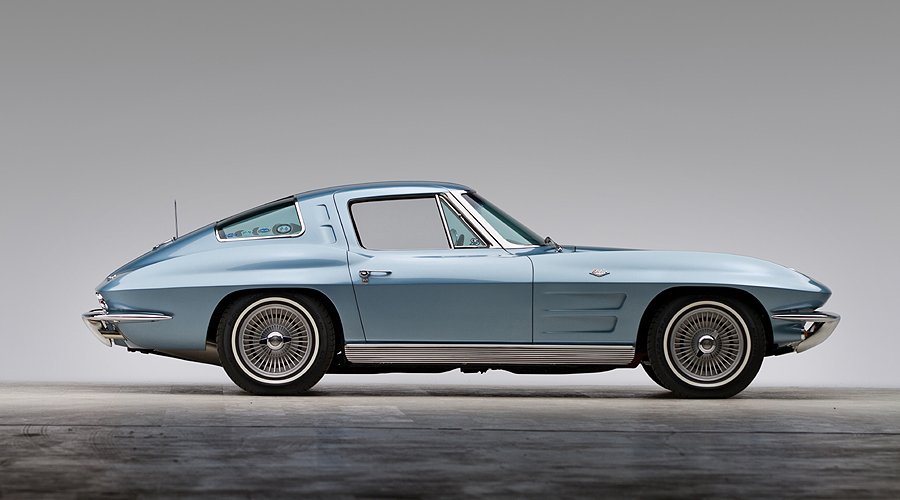
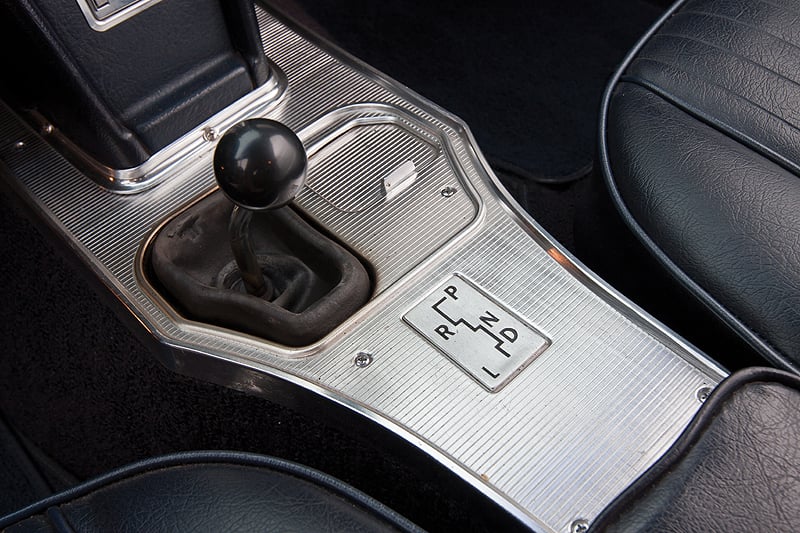
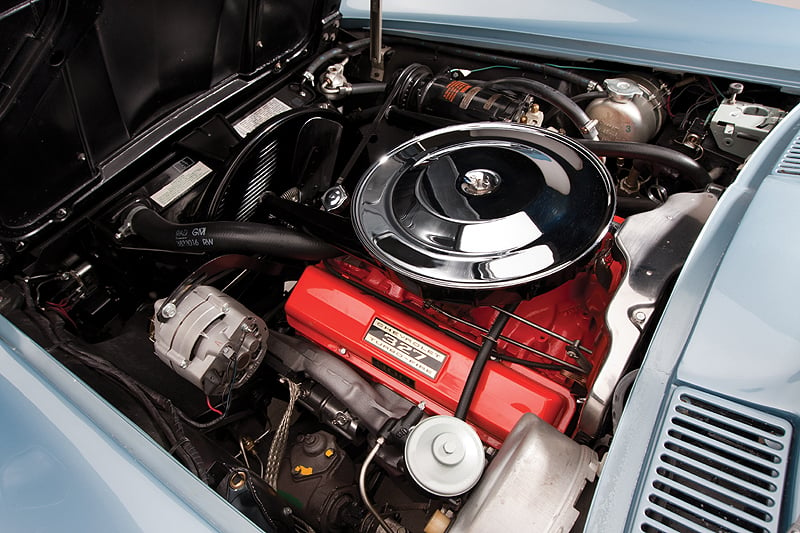
Despite cancelling the earlier transaxle-equipped ‘Q Corvette’ project, for the latest Sting Ray GM engineered a cleverly designed chassis that included independent rear suspension. As Corvette racer Dick Guldstrand said at the time, “Duntov did a superb job. He knows what he’s doing… You don’t just design a suspension; you go with what works for the tyre.
“How do you keep a tyre happy… that’s the bottom line.”
‘Duntov’, of course, was the famous ‘father of the Corvette’, Belgian-born engineer Zora Arkus-Duntov, to whom racing and high-speed performance was as important as marketing and showroom appeal. (As an aside, Duntov never liked the ‘split window’, feeling it restricted rear-view vision. As a result, it – and the fake bonnet vents – never made it onto the ’64 car.)
Available under the ‘hood’ were a variety of Chevrolet V8s which culminated in the famous L88 engine option, a 427ci homologation special, which found its way into the last Sting Rays in 1967. For most cars, a 327ci turning out 300+bhp still produced very solid performance. Fuel injection was an option, with regular ‘big-blocks’ coming into the range from the 1965 model year onwards.
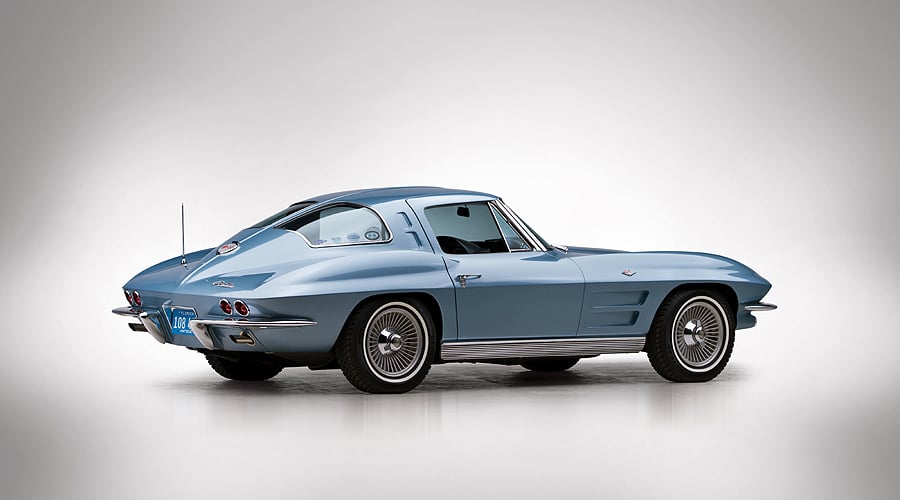
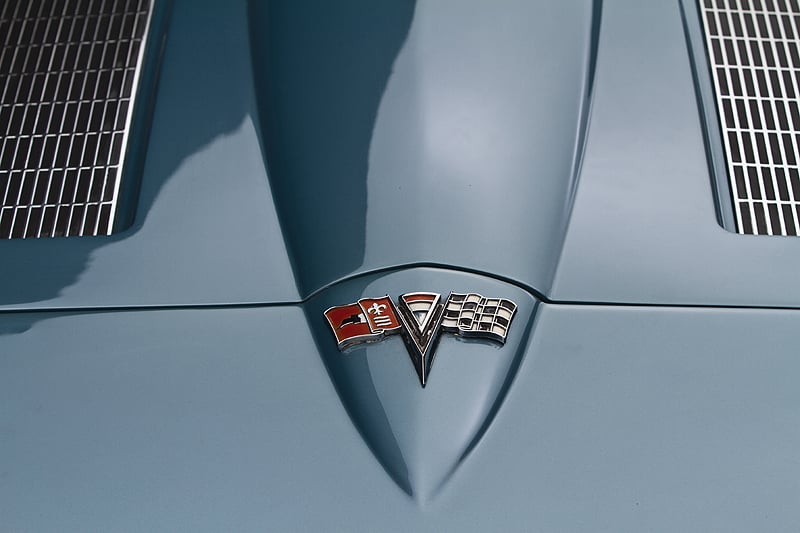
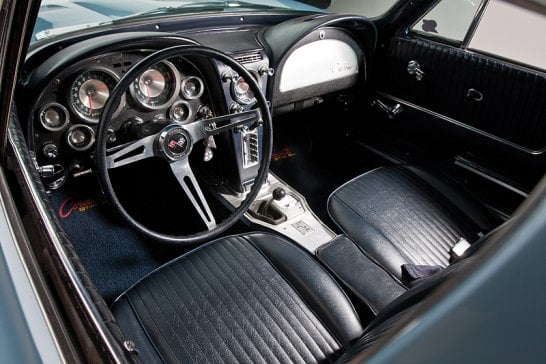
Right from the start, the Corvette racing community took to the new car, appreciating its clever suspension and the coupé’s standard steel ‘cage’ which surrounded the driver and passenger, thus giving the car a much stiffer chassis as well providing a useful safety bonus.
So the sight of early Corvettes in 1962 and ’63 North American SCCA production racing, many running on matt-black steel wheels, is an evocative one. Big names such as Guldstrand, Dave MacDonald, Bob Bondurant, Don Yenko and AJ Foyt were all to be found at the wheel of early Sting Rays.
Carroll Shelby’s Cobra team soon spoilt the party, but, as a genuine production car, built on a line in Detroit and then modified for racing by top race shops throughout the US, the Corvette Sting Ray is right up there with the best of them.
And the most charismatic version – big-block, limited-edition specials aside – has to be the original ‘split window’ coupé.
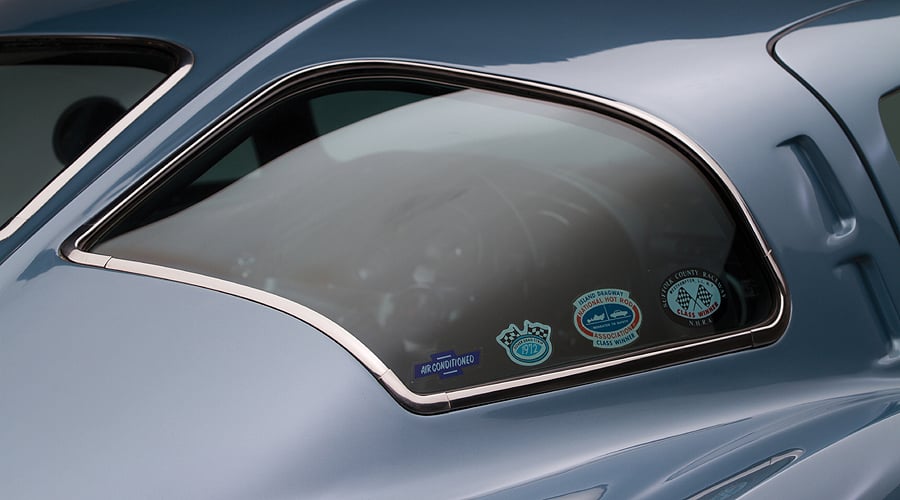
No modern wheels, brakes or suspension please, or non-standard paint finishes. This example, to be offered for sale at RM’s forthcoming (1st December) John Staluppi Collection sale, is painted in its original shade of Daytona Blue and runs on rare Kelsey-Hayes ‘turbine’ cast-aluminium wheels with two-eared knock-offs. It even carries its original spare tyre, which still sits unused in the boot.
A similar car in any one of the gold metallics available, or flat black or ivory, would be no less desirable.
And while comparisons with the Cobra can be fully justified, do remember that the nicest early Corvette, like this one, is available to buy at less than a tenth of the price of Shelby’s finest. And, parked up with equivalent-era Ferraris and Astons, we think they look pretty cool, too – something that money alone just cannot ensure.
Photos: [email protected] ©2012 Courtesy of RM Auctions










